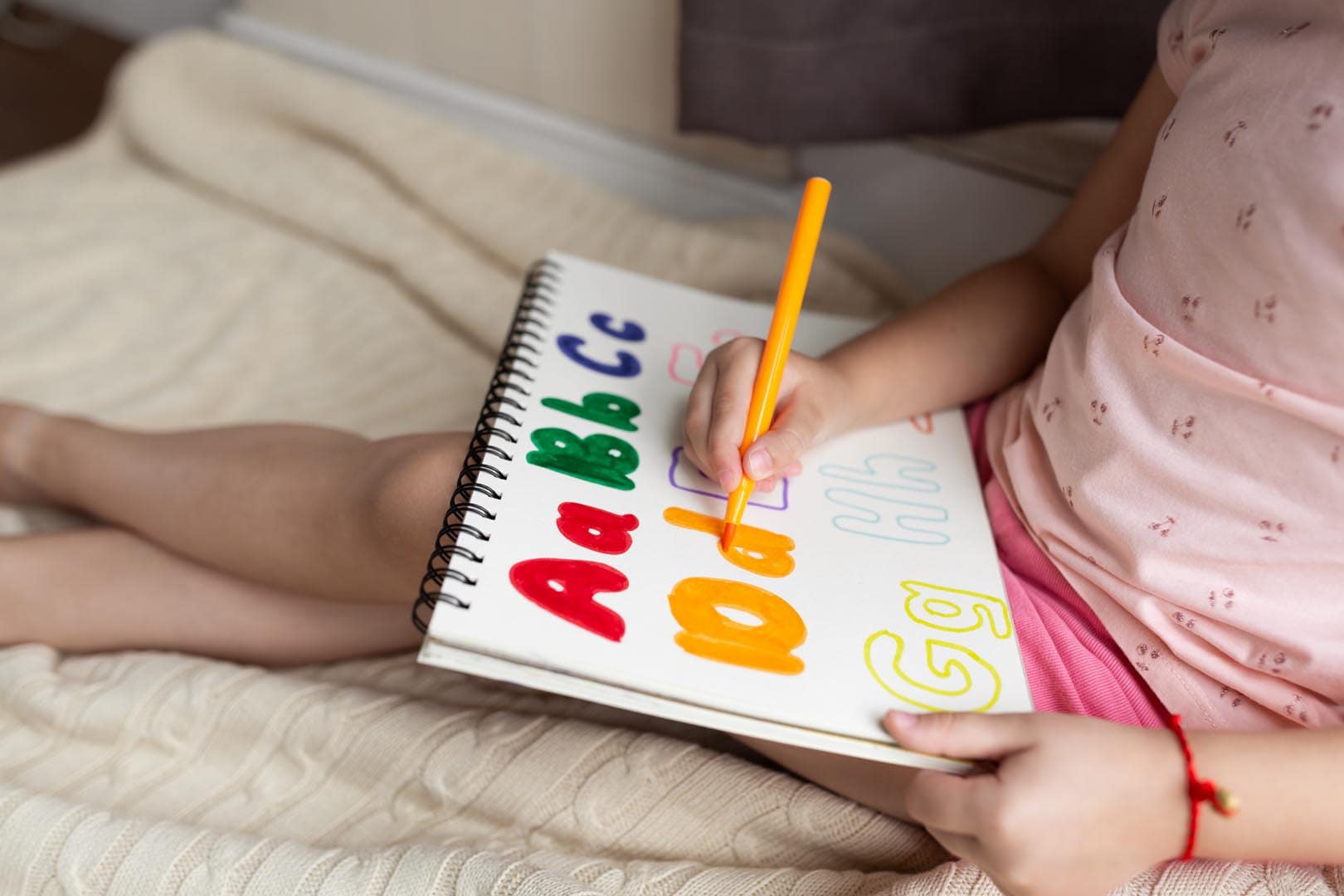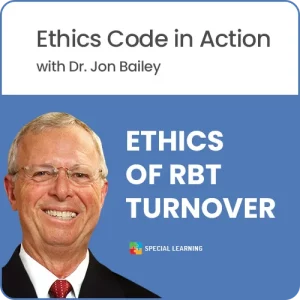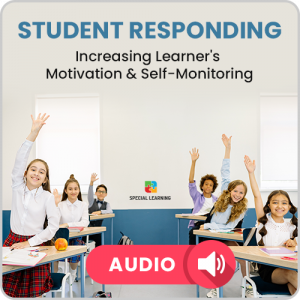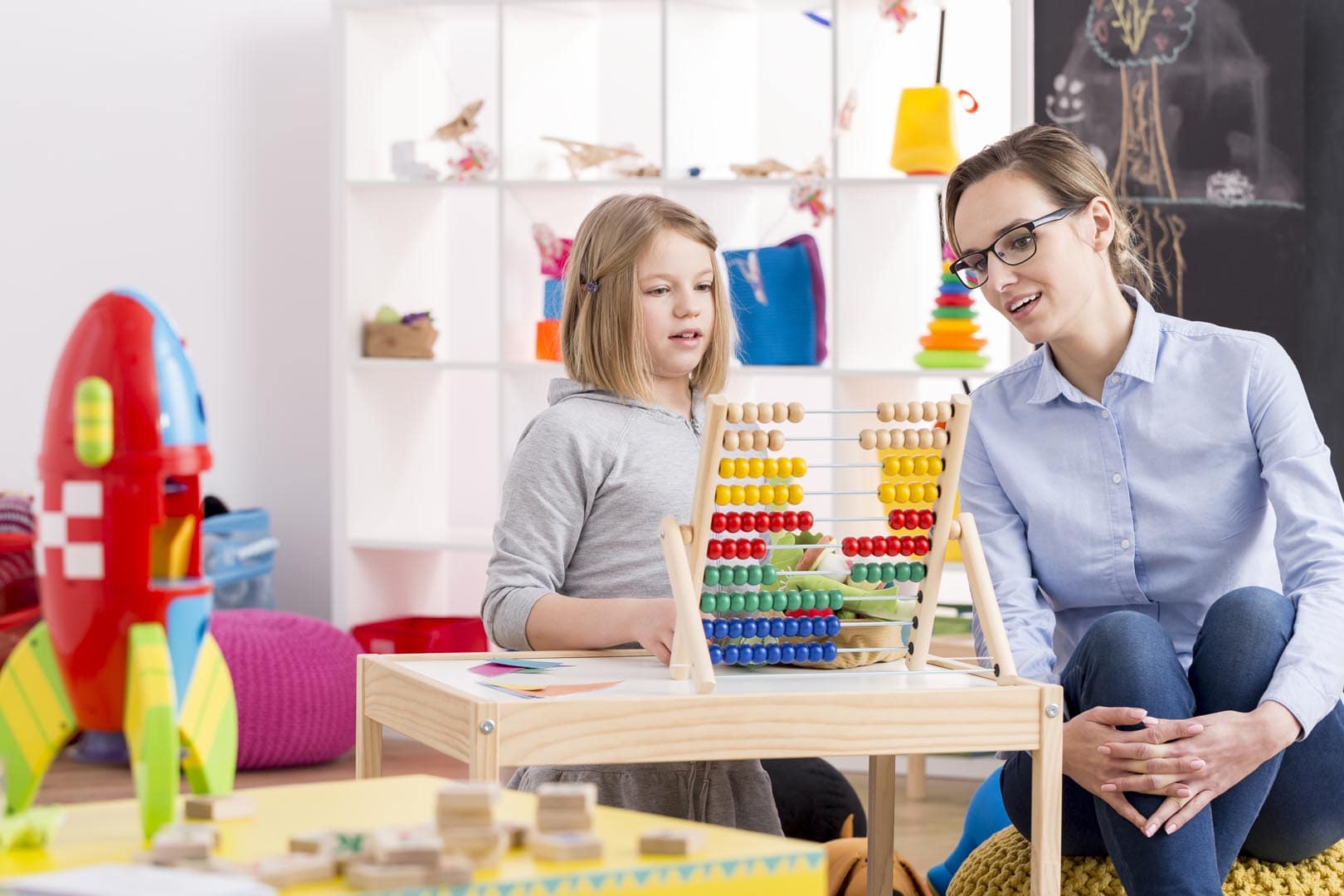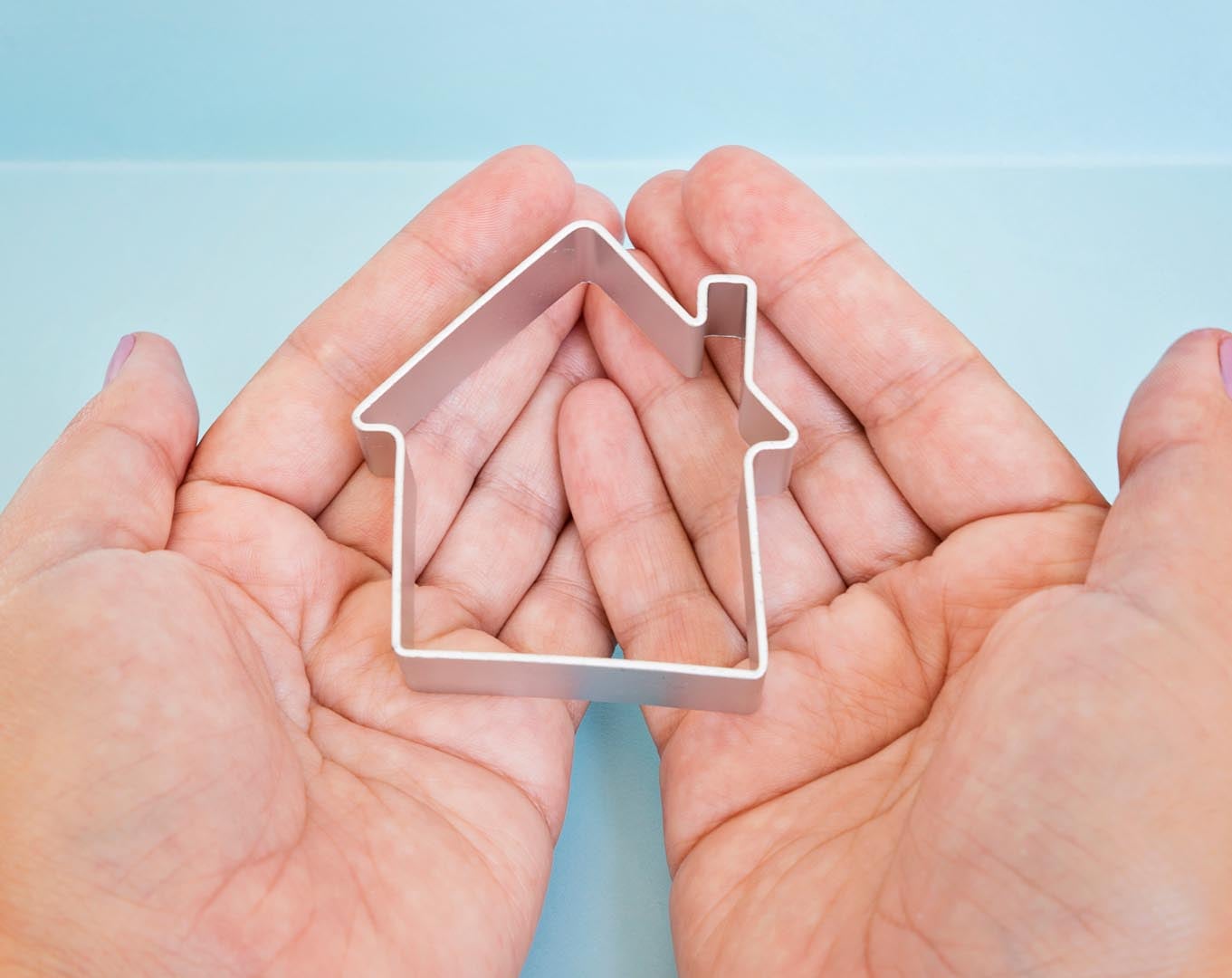Do it Yourself Tips for Educational Success at Home
Given the fact that parents spend a lot of time with their children diagnosed with Autism Spectrum Disorders (ASD), Down syndrome, or other developmental disabilities, it is important for them to learn ways of dealing with the situation as they help the children overcome challenges along the way. Parents play a critical role in the development of their children. According to the Centers for Disease Control, providing a nurturing environment where the child feels safe and loved makes a big difference. Engaging and spending time with your child, be it through playing, singing, reading or socialization, can make a big difference in the life of your child.
Setting up the home environment to be an enriching learning environment is easy with a few do-it-yourself (DIY) tips. There are different types of do-it-yourself (DIY) materials that parents can use at home, depending on the age of the child or children with special needs. There are specially structured visual learning activities you can use to help your child.
By creating simple flashcards using letters, numbers, shapes, colors, animals, or other everyday objects, you can teach and reinforce vocabulary. Use a digital camera to take pictures of common objects or people to make into flashcards. These flashcards can be used in a variety of ways, including teaching your child to label new objects around them, to identify familiar people, make object associations, and more.
Coloring by numbers is another DIY material. Stamp letters or numbers on different sections of a picture and then make corresponding keys showing the colors to fill in for each letter or number. You can either make a symbol for the colors or write them down depending on the level of autism your child has.
Create sequencing cards to help tell your child a story in an engaging way. Sequencing cards can illustrate simple life tasks like making a sandwich to more complex tasks like assembling a piece of furniture. For example, you can take a series of pictures using a digital camera to illustrate your story. Making your own sequence cards in this way has the added advantage of using “characters” that your child is familiar with, which in turn will help your child identify more closely with the task presented.
Other DIY tools include cutting and tracing activities, training worksheets, sticker cards, and social stories.
One important note is that “do it yourself” should not be mistaken for “do it alone.” As a parent, it’s important to seek the advice and consultation of trained professionals to help you make better use of your DIY materials while maximizing learning for the child.
DIY materials help provide an easy, accessible, and affordable way to unlock educational opportunities at home. Giving your child access to continued learning while at home will surely boost their performance in the classroom. At the same time, you are becoming a therapist in your own way by helping your child overcome barriers and challenges they might face as a result of their own special needs.
References:
Centers for Disease Control, Cdc.gov. Autism: Positive Parenting Tips, retrieved March 30, 2011, from http://www.cdc.gov/ncbddd/child/positive.htm
Catherine M. Behavioral Intervention for Young Children with Autism: A Manual for Parents and Professionals
Copyright © by Special Learning Inc. All right reserved.
No part of this article may be reproduced in any manner whatsoever without written permission except in the case of brief quotations embodied in critical articles and reviews. For information, contact Special Learning Inc., at: contact@special-learning.com




